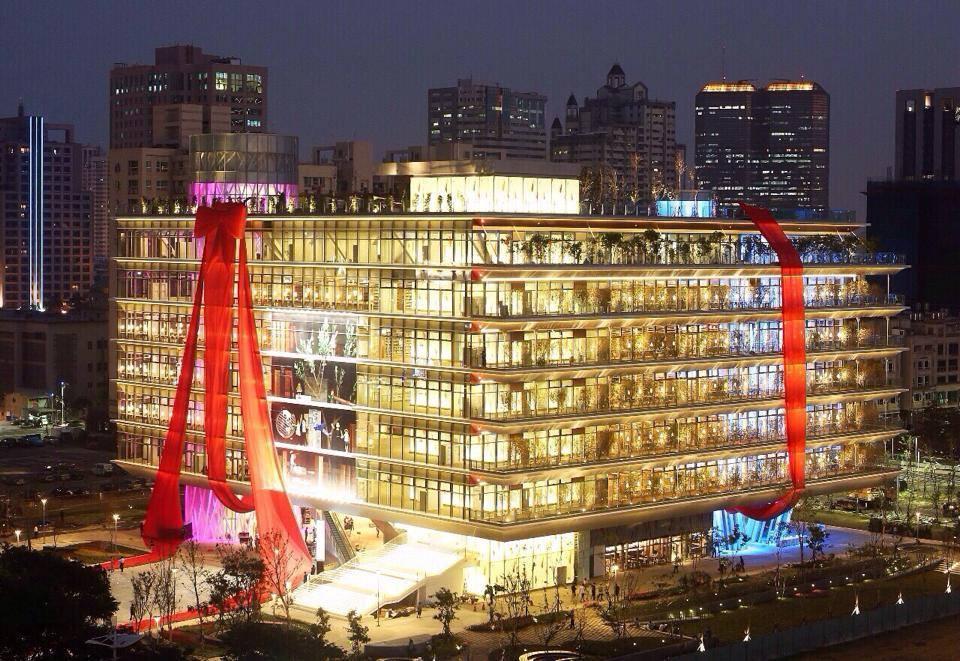
Kaohsiung City started the planning of new main building of the Kaohsiung Public Library in 2011, and the location is within the “Asia New Bay Area,” which is currently under construction. The main building adopts the international design competition, and the building itself is a green building, which is the first suspensory green library building in the world. It presents the concept of the “trees in the building and the building inside the trees.” The difficulty of the steel construction method is extremely high, and the visual space is transparent. On October 12, 2012, Mayor Chen Chu, along with about 100 representatives of all industries, held the groundbreaking ceremony, and the construction project was completed on November 13, 2014. The total construction time took only 25 months.
This building is the first main library building that a city constructed on its own in the past two decades in Taiwan. The construction project cost about NT$1.9 billion, which is the highest single building investment in the history of Kaohsiung. The fund of the project was paid by the Kaohsiung City government without any subsidies from the central government. The Bureau of Cultural Affairs proposed the fundraising project of “raising million new books to pass love and wisdom to the next generation” and encouraged people to support the library in order to raise the fund of 500 million for one million books. This is the first time that the government has paid for the construction project while society makes donations to the library through a software program.
The library is an international and multi-function cultural facility designed for the citizens of Kaohsiung, which satisfies different demands from people of different ages and groups while maintaining the tradition and the digital, exploring, recreational, and life-time learning functions.